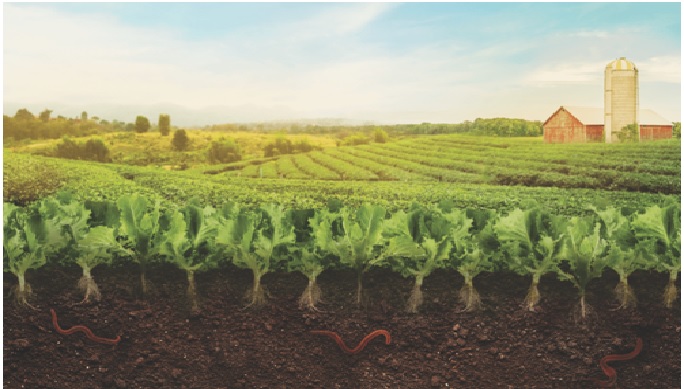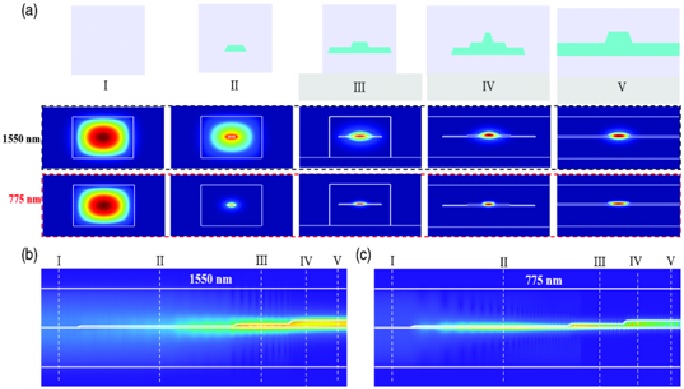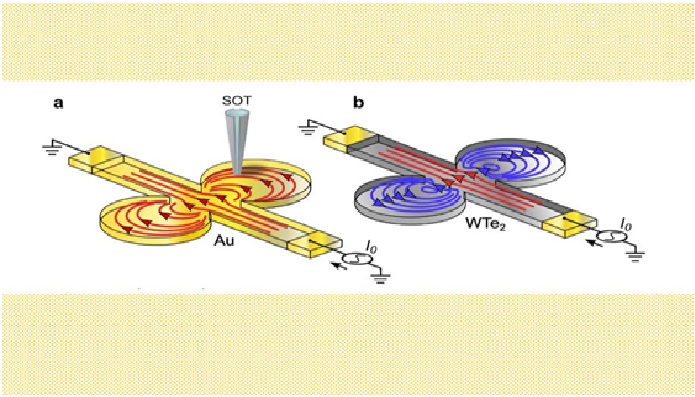The Smart Regenerative Agriculture to Save the Earth
Regenerative agriculture is a hot topic. Presidential candidates discuss it, there are several documentaries released recently about it, universities across the world hold space for conversations about the potential for regenerative ag to reverse climate change, undo the global biodiversity crisis, as well as bring nutrient density back to our food supply. [1] I certainly want to be among those farmers who are increasing profitability while building a farming business, and helping to create a landscape that is healthier and more resilient.

Figure 1. Climate-Smart Regenerative farming
Figure 1 To boil this definition down to its most basic elements, we must farm in a way that not only protects our soil, but also enhances it. Five simple soil health principles will transform your farm into a regenerative business regardless of the production model you are in, from large scale livestock running across thousands of acres to the market gardeners producing fresh food for their local farmers market to a Community Supported Agriculture (CSA) operation. Using these core principles will enhance your soil, while storing carbon, and increasing health and productivity.
The health and vitality of soil everywhere, from the smallest backyard garden to the largest Midwestern farm, plays an integral role in food production [3] and it’s threatened by the climate crisis.
When it comes to agriculture, climate change is doing what it does best: exacerbating existing problems to the point of crisis. But if a farmer is using regenerative methods and not disturbing the soil, he or she is instead mitigating climate change effects by building organic matter. And the more organic matter you have in the soil, the more water-holding capacity you have.
The key to regenerative agriculture is that it not only “does no harm” to the land but actually improves it, using technologies that regenerate and revitalize the soil and the environment. [4] Regenerative agriculture leads to healthy soil, capable of producing high quality, nutrient dense food while simultaneously improving, rather than degrading land, and ultimately leading to productive farms and healthy communities and economies. It is a dynamic and holistic, incorporating permaculture and organic farming practices, including conservation tillage, cover crops, crop rotation, composting, mobile animal shelters and pasture cropping, to increase food production, farmers’ income and especially, topsoil.
Ecological Benefits
- Improvements in soil health and fertility [5] the foundation of healthy water, nutrients, and carbon cycling as evidenced by healthier crops, increased yields, improved soil test results, and vibrant microbial communities
- Biodiversity on land, in the air, and in the water (following improved biodiversity in the soil), including richer plant, bird, and insect populations
- Reduced soil erosion
- Reductions in water pollution including contributions to harmful algal blooms due to fewer chemical inputs
- Improvements to water-holding capacity in the soil
References:
- https://www.ecofarmingdaily.com/the-principles-of-regenerative-agriculture/
- https://www.corporateknights.com/food-beverage/can-climate-smart-regenerative-farming-save-the-earth/
- https://www.climaterealityproject.org/blog/what-regenerative-agriculture
- https://regenerationinternational.org/why-regenerative-agriculture/
- https://www.nrdc.org/stories/regenerative-agriculture-101
Cite this article:
Vinotha D (2022), The Smart Regenerative Agriculture to Save the Earth, AnaTechMaz, pp.124















